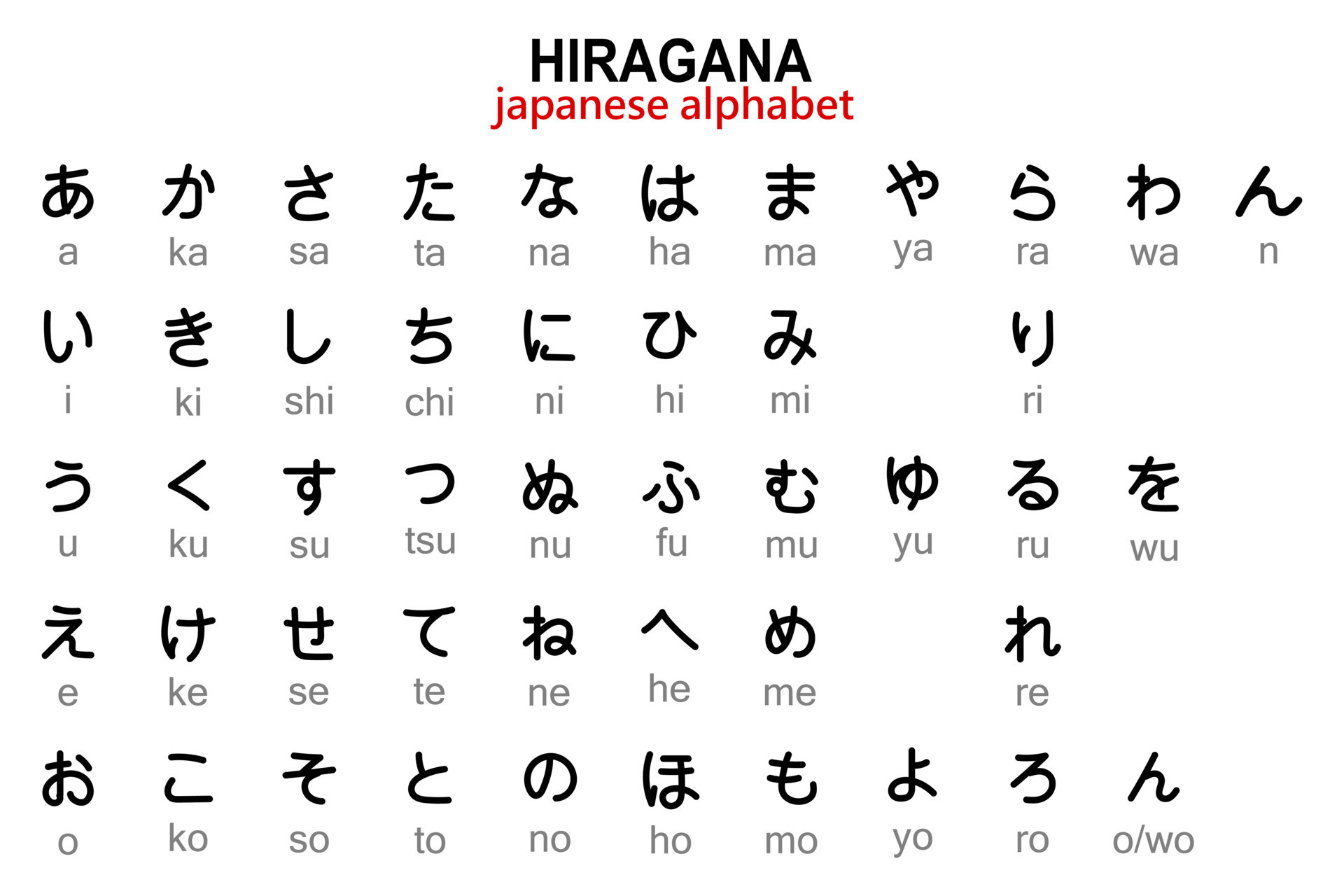Fix Japanese Windows 10: A Quick Guide
Is the digital age making language barriers a thing of the past? Not quite, but the proliferation of translation tools is certainly bridging the gap. The quest for seamless communication across languages has fueled a surge in innovative solutions, from AI-powered translators to online dictionaries catering to diverse linguistic needs.
The experience of an HP Spectre user in Japan on January 20th highlights this ongoing evolution. After a Windows 10 update, their system switched entirely to Japanese. While this specific incident likely relates to system locale settings, it underscores the broader challenge and opportunity presented by the intersection of technology and language. In a world increasingly interconnected, the ability to swiftly navigate linguistic differences is paramount. This user's predicament, switching from a familiar English interface to an unfamiliar Japanese one, resonates with anyone who has encountered a language barrier in the digital realm.
| Resource | Description |
| Google Translate | Free service offering instant translations between English and over 100 other languages, encompassing words, phrases, and web pages. |
| Lingvanex | Employs machine translation and AI for automatic text translation between English and Japanese, emphasizing accuracy and contextual relevance. |
| Romajidesu | Free online Japanese-English dictionary equipped with tools for learners, including kanji, example sentences, and romaji input. |
| Jisho | Searches a vast database for Japanese text or English words, providing various results like definitions, kanji information, and examples. |
| Nihongodict | Free online English-Japanese dictionary accepting input in any script, including romaji, for convenient lookups. |
| Online Document Translator | Facilitates English-to-Japanese document translation in various formats (Word, Excel, PowerPoint, PDF, OpenOffice, text) through simple uploads. |
| DeepL, Google, and Amazon Comparison Tool | Provides accurate translations using multiple engines, allowing comparison of results and offering AI-driven explanations of nuances. |
| Japandict | A Japanese dictionary maintained by enthusiasts of Japanese culture and language, offering a fresh alternative to existing online dictionaries. |
| Yandex Translate | Free online translation tool for text, documents, and images in over 90 languages, supplemented by a comprehensive dictionary with usage examples. |
| Hiragana Translator | Converts standard text into hiragana script, appealing to language learners, travelers, and those fascinated by Japanese writing. |
Google Translate
The increasing availability of resources like these democratizes language learning and cross-cultural communication. The ability to instantly translate text empowers individuals navigating foreign websites, understanding game dialogue, or engaging with international communities. From a gamer struggling with Japanese audio to a traveler needing to translate a menu, these tools provide crucial support. The rise of parallel texts, bilingual learning apps, and multimedia resources with dual subtitles further enhances comprehension and language acquisition.
However, the nuances of language persist. As some Reddit users pointed out, the emotional resonance of voice acting in games like Final Fantasy X can be lost in translation. The subtleties of tone, inflection, and cultural context may not always transfer perfectly, impacting the overall experience. While machine translation has made significant strides, human language remains complex and context-dependent, requiring a level of interpretation that technology is still striving to fully grasp.
The desire for accurate and nuanced translation extends beyond entertainment. Academic research, business communications, and diplomatic exchanges demand precise and culturally sensitive linguistic transfer. The development of sophisticated translation engines like DeepL, coupled with AI-driven nuance explanation, reflects the ongoing pursuit of this goal. The ability to compare translations from multiple providers, such as Google, Amazon, and Yandex, allows users to assess different interpretations and gain a more comprehensive understanding.
The story of the HP user in Japan serves as a microcosm of a larger narrative: the ongoing negotiation between technology, language, and human connection. As we increasingly rely on digital tools for communication and information access, the ability to bridge language barriers becomes ever more critical. The evolving landscape of translation tools, from simple dictionary lookups to sophisticated AI-powered systems, empowers us to connect with diverse cultures, access global information, and navigate the complexities of a multilingual world.
While the fully automated, perfectly nuanced universal translator remains a futuristic ideal, the current generation of tools is rapidly closing the gap. By combining technological innovation with human linguistic expertise, we are moving toward a future where language barriers are less of an obstacle and more of an opportunity for cross-cultural understanding and collaboration.
The proliferation of online resources, from specialized dictionaries like Romajidesu and Japandict to versatile platforms like Yandex Translate and Google Translate, demonstrates a vibrant ecosystem dedicated to language accessibility. Whether converting text to hiragana, translating documents between English and Japanese, or exploring the nuances of different translation engines, these tools are reshaping how we interact with language in the digital age.
The challenges remain capturing the subtle artistry of a Japanese voice actor's performance, for instance but the progress is undeniable. The pursuit of seamless communication continues, driven by the understanding that language is not just a tool, but a bridge to human connection and shared understanding.


